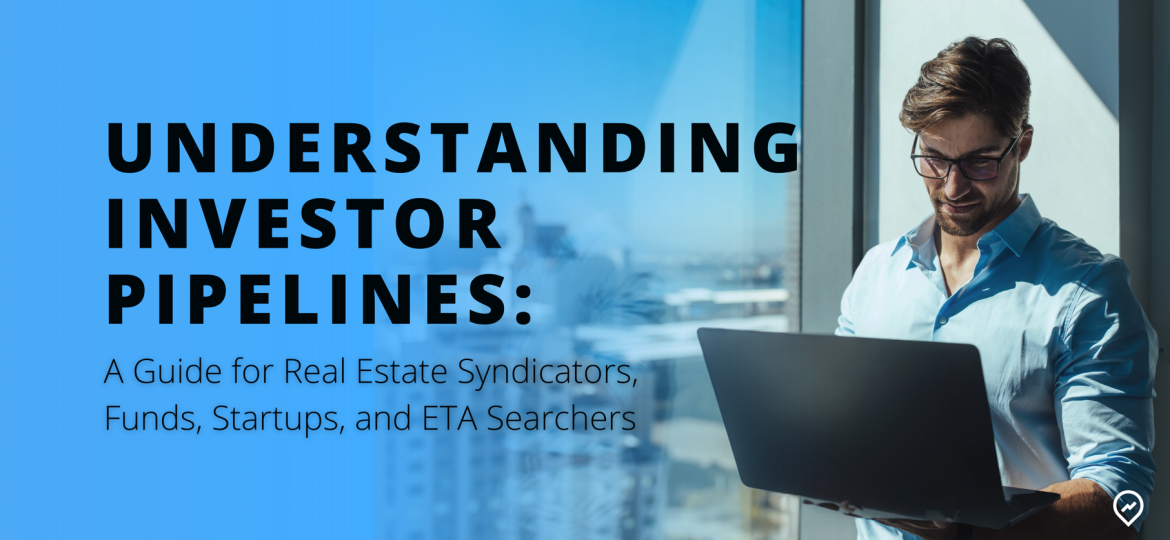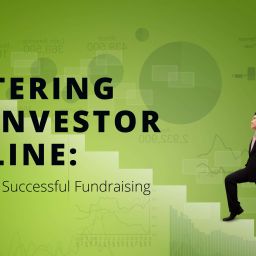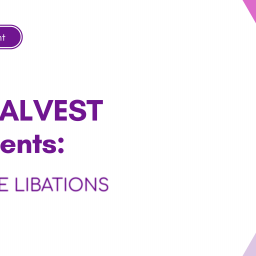
Investing can be a complex journey, whether you are a real estate syndicator, fund manager, startup founder, or ETA searcher. A critical component of this journey is understanding and optimizing your investor pipeline. Essentially, it’s a numbers game, requiring you to cast a wide net and make informed assumptions about conversion rates at each stage.
A useful benchmark is the 100:10:1 ratio. For every 100 investor leads, 10 will engage in a detailed one-on-one call, and out of those, 1 will make an investment. This ratio can serve as a starting point for gauging your pipeline’s effectiveness.
Earlier this year, Jason Yeh shared insights on LinkedIn about his experiences with lead conversions. According to Yeh, out of 100 intros, 50 become actual introductions, 35 lead to initial calls, 7 proceed to follow-up calls, and 2 enter due diligence, culminating in 1 investment. His data indicates that warm leads result in more initial calls but do not necessarily lead to a higher conversion rate than the 100:10:1 rule suggests.
It’s essential to accept that converting leads into investors can be challenging. To assess your readiness, consider these questions:
- Do you personally know many investors?
- Have you raised capital before?
- Is your MVP or product complete?
- Do you have existing customers?
If you answered “no” to several of these, be prepared for a challenging process.
This reality check isn’t meant to deter you from raising funds but to set realistic expectations. Success in raising capital involves significant effort in finding, nurturing, and closing with investors. For startups, typical check sizes range from $25,000 to $50,000. To raise $250,000, for instance, you would need 5 or more investors, translating to around 500 leads. While asset-backed opportunities like real estate might attract larger checks, requiring fewer investors, the principle remains the same: consistent outreach is key.
While everyone hopes to land a “whale” investor who can cover most, if not all, of the funding round, such opportunities are rare and require persistent effort. Andrew Rea’s late 2023 fundraising experience illustrates this well: 175+ discussions and over 100 investor calls in just two weeks, culminating in a closed round after two months.
Starting your investor outreach early, even before you begin raising, can be advantageous. Building a list of leads and nurturing them over time improves conversion rates. Those who excel at raising funds often maintain ongoing conversations with potential investors, which can lead to better outcomes.
Actionable Steps to Optimize Your Investor Pipeline
Do the Math: Plan for low conversion rates and set realistic expectations for check sizes. This preparation will help you understand the level of effort and time required for your fundraising campaign.
Create an Investor CRM: Managing hundreds of potential investors at different stages requires an organized approach. A CRM system can help you track interactions and follow-ups efficiently.
Develop Trackable Materials: Instead of sending PDFs via email, use trackable links or landing pages. These tools allow you to monitor engagement and tailor your follow-up based on investor actions, providing valuable insights into your conversion process.
Streamline Your Investor Tracking with Localvest
Unsure where to start with a CRM or trackable materials? Localvest’s Pro features can help you manage your pipeline and track interactions effortlessly. Use code “KICKOFF50” for 50% off your first month and streamline your investor tracking today.














